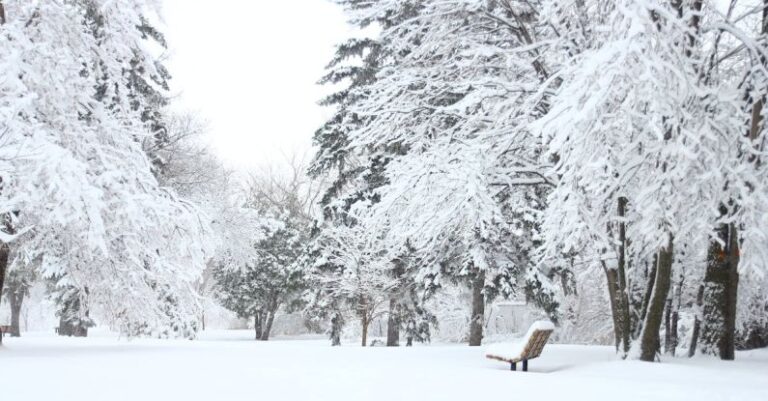
When planning a snowshoeing adventure, it is essential to dress appropriately to ensure comfort, warmth, and safety in the winter elements. As you venture into the snowy wilderness, the right clothing and gear can make a significant difference in your overall experience. Here are some tips on how to dress for a snowshoeing adventure to make the most of your outdoor excursion.
Choose Moisture-Wicking Base Layers
To stay warm and dry during your snowshoeing adventure, start with a moisture-wicking base layer. This layer should be snug but not restrictive to allow for proper insulation and moisture management. Opt for materials like merino wool or synthetic fabrics that wick moisture away from your skin to keep you dry and comfortable throughout your trek.
Insulating Mid-Layers for Added Warmth
On top of your base layer, add an insulating mid-layer to trap heat and provide additional warmth. Fleece jackets or insulated vests work well to keep your core temperature regulated in cold conditions. Look for lightweight and breathable options that offer warmth without bulk, allowing for ease of movement while snowshoeing.
Waterproof and Windproof Outer Layers
Outer layers are crucial for protecting you from the elements while snowshoeing. Choose waterproof and windproof jackets and pants to shield you from snow, wind, and moisture. Look for garments with sealed seams and adjustable features like hoods, cuffs, and hems to provide added protection against the winter weather. Gore-Tex or similar technical fabrics are ideal for outer layers to ensure both waterproofing and breathability.
Don’t Forget Insulated Gloves and Mittens
Your hands are susceptible to cold temperatures when snowshoeing, so it’s essential to wear insulated gloves or mittens to keep them warm and protected. Look for gloves with waterproof and breathable materials to keep your hands dry and comfortable. Mittens are also a great option for providing extra warmth by keeping your fingers together to generate heat more effectively.
Warm Headwear and Neck Gaiter
To prevent heat loss from your head and neck, wear a warm beanie or hat that covers your ears. Fleece-lined headwear or wool beanies are excellent choices for staying warm in cold conditions. Additionally, a neck gaiter or scarf can help protect your neck and face from the chill, providing extra insulation against the winter elements.
Sturdy and Waterproof Footwear
Proper footwear is crucial for a successful snowshoeing adventure. Opt for sturdy, waterproof boots with good traction to navigate snowy and icy terrain with ease. Insulated boots will keep your feet warm and dry, while ankle support is essential for stability on uneven surfaces. Consider wearing gaiters to prevent snow from entering your boots and keep your lower legs protected from the elements.
Layering for Temperature Regulation
Layering is key to managing your body temperature while snowshoeing. As you exert yourself and your body heat increases, you can remove or add layers to regulate your comfort level. Avoid sweating excessively by adjusting your layers to prevent moisture buildup, which can lead to discomfort and even hypothermia in extreme conditions.
Conclusion: Enjoying the Snowshoeing Experience
Dressing appropriately for a snowshoeing adventure is essential for staying warm, dry, and comfortable while exploring the winter wonderland. By choosing moisture-wicking base layers, insulating mid-layers, waterproof outer layers, and the right accessories, you can ensure an enjoyable and safe outdoor experience. So, gear up, layer up, and embrace the beauty of nature on your next snowshoeing adventure.





